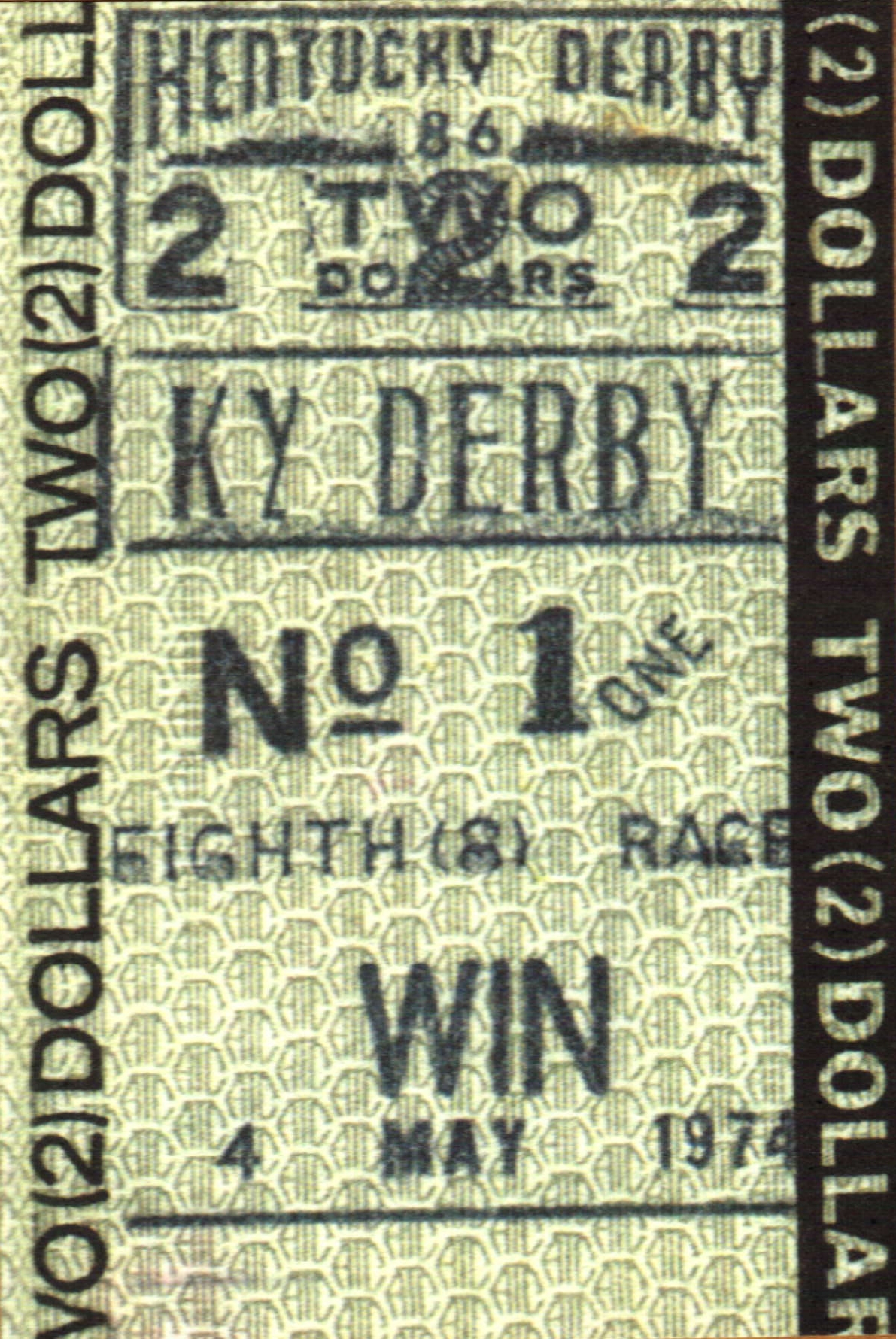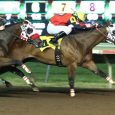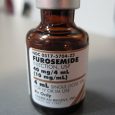
John Patrick, host of “So You Wanna Be a Gambler”
Like many 40-somethings, I grew up in the era that featured a wonderful television show that my mom would roll her eyes at every time it came on. I can still picture the host: slim with graying hair and wearing a turtle neck shirt with a sports jacket, a vision that still comes to mind when I think of what a professional gambler should look like. That tacky ‘70s intro music and the spinning roulette wheel meant only one thing — it was time for John Patrick and So You Wanna Be a Gambler.
My friends and I would sit in front of the television and watch John Patrick, who embodied every trait we could have imagined when we thought of a professional gambler, in awe. Looking back at an old episode on blackjack that we managed to record on VHS, Patrick did break the game down to a beginner’s level, but offered enough wisdom that even someone with advanced skills would find something to take away.
Going to the track for a new horseplayer can be intimidating. As the tote board counts down the minutes to post, one can sense the increased hustle and urgency of the other horseplayers that are now lining up to place their wagers. Nothing is more frightening than going to the window for the first time with some person behind you cursing that you are taking too long and a teller that isn’t sure what bet you are trying to place and not knowing how much it is going to cost you!
Basic things you need to know to place a bet:
Track
What track are you playing? Tracks offer simulcasting of other race tracks, so you need to be clear what track you wish to wager on.
Race
What race number are you playing? You can play any race at any time, not just the current race, so you will need to be clear on what race number you plan to play.
Bet Type
are you planning to play? Not every wager type is offered on every race. Win, place, and show wagering are offered on most races, but if the field is small or there is a huge favorite, the track may elect to drop the show wagering so that the show pool does not go negative. In the case of a negative pool, the track must provide the minimum payoff ($2.10 for a $2 wager, although some tracks have a $2.20 minimum), regardless of what the payoff should actually be based on the percentage of money in the pool for that horse.
If you want to play the horse “across the board” (win, place and show), you just need to call out “win-place-show” while placing your wager. A $2 bet across the board will cost $6 — $2 to win, $2 to place and $2 to show. You can also place a wager to win-place, win-show, or place-show.
Some tracks will have different names for the same wagers. Mountaineer uses the term perfecta for an exacta. Canadian tracks, such as Woodbine, use the terms exactor for exacta and triactor for trifectas.
 There are other bet types available that have their own sets of qualifications which vary from track to track. Some tracks feature a quinella. This is a wager that is like an exacta, but you do not need the horses to finish in exact order. It is the equivalent of playing an exacta box on those two horses (and pays accordingly). New York tracks feature a wager called the Grand Slam. This wager is much like a pick-4 except you need to select a horse that finishes in the money (first, second, or third) in the first three races in a row and then have the winner in the fourth and final race. Some California tracks offer the Place Pick All. In this wager, you must pick a horse for every race of the day that finishes in either first or second place.
There are other bet types available that have their own sets of qualifications which vary from track to track. Some tracks feature a quinella. This is a wager that is like an exacta, but you do not need the horses to finish in exact order. It is the equivalent of playing an exacta box on those two horses (and pays accordingly). New York tracks feature a wager called the Grand Slam. This wager is much like a pick-4 except you need to select a horse that finishes in the money (first, second, or third) in the first three races in a row and then have the winner in the fourth and final race. Some California tracks offer the Place Pick All. In this wager, you must pick a horse for every race of the day that finishes in either first or second place.
Wager Amount
How much money are you going to bet? Tracks often have varying minimum wagering amounts by bet type, but generally the minimum amount for a win, place or show bet is $2. The program or past performances will offer a menu of available wagers and minimum amounts for each race.
The available wagers will not list out win, place or show unless one of them is not offered. The example above lists the daily double and exacta without a dollar value. This means that the smallest wagering amount is $2 but if you play many combinations, most tracks offer a base wager amount of $1. Since the other wager type minimums vary from the standard $2 value, the minimum is then noted with the wager type — $0.50 for the trifecta, $0.10 for the superfecta, and $.50 for both the pick-3 and the pick-4. The Super High 5 is like the superfecta, just requiring the top five horses in exact order versus the top four horses for the superfecta. The various ways of playing exotic wagers (exactas, trifectas, superfectas, etc.) will be discussed in an upcoming article in this series.
Putting it All Together
Once you know what track, race, horse, wager, and amount you plan on playing, it is time to place a bet. When you get to the teller, you would say something that sounds like this: “Monmouth Park, race two, $2 to win on the number six.”
Always state the track name first, followed by the race number, the amount of the bet, the bet type and, then, the horse.
Advice
After placing a wager, always check to make sure that your ticket is correct. If not, return it to the teller and have the erroneous ticket cancelled.
Have your cash ready when you get to the window. You should figure out how much your wagers will cost before you get in line to place your bet. As a courtesy to the other patrons, having your cash ready will speed up the line as the clock ticks down to post time.
If you are unsure about what to do when betting, try to place your wagers early. The tellers will be more helpful and the other patrons are generally more understanding at 10 minutes to post than they are at one minute to post.
You can also use the self-betting terminals that often appear mounted to the walls or in place of a live teller in a window. For these you need to get a voucher from a teller first or find a unit that accepts cash. You place your bet through a touch screen and do it in the same manner you would with a live teller. You first select the track, the race number, the type of wager, the wager amount, and the horse. Once you press finish, your ticket will print, along with any unused money in the form of another voucher.
Some tracks also offer betting assistant windows to answer any wagering questions. Monmouth Park offers an “Ask Me How to Bet Tent” in the family-friendly picnic area and roving Racing Ambassadors on Saturdays and Sundays during live racing. These volunteers are there to provide help with both betting and handicapping.
In future articles within this series, we will discuss exotic wagers in more detail. We will discuss the terms, how to say what you want to wager, and how to figure out what that wager will cost. By preparing and knowing what you want to do, placing your first wager will be a piece of cake!




